
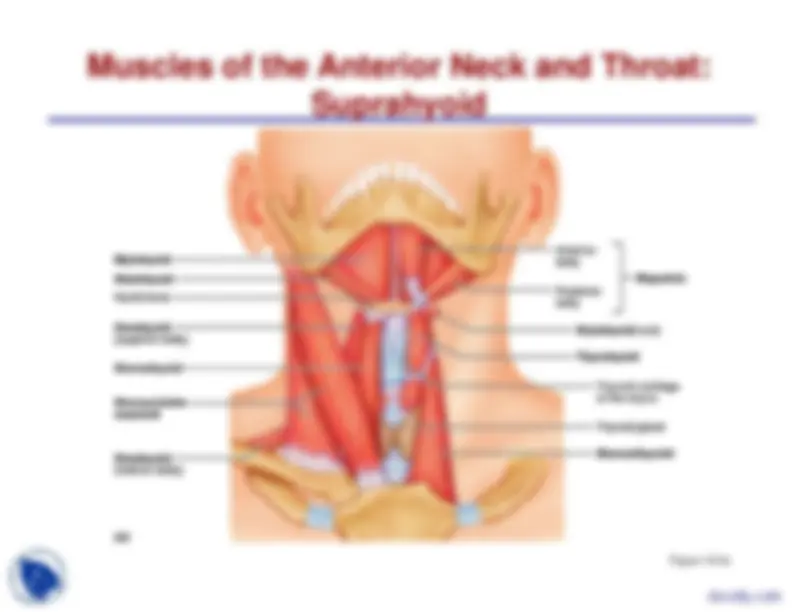
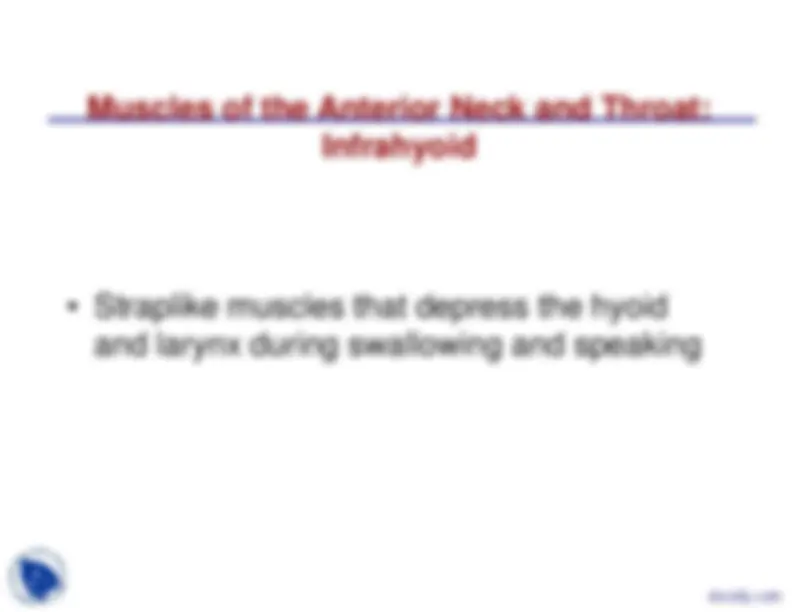
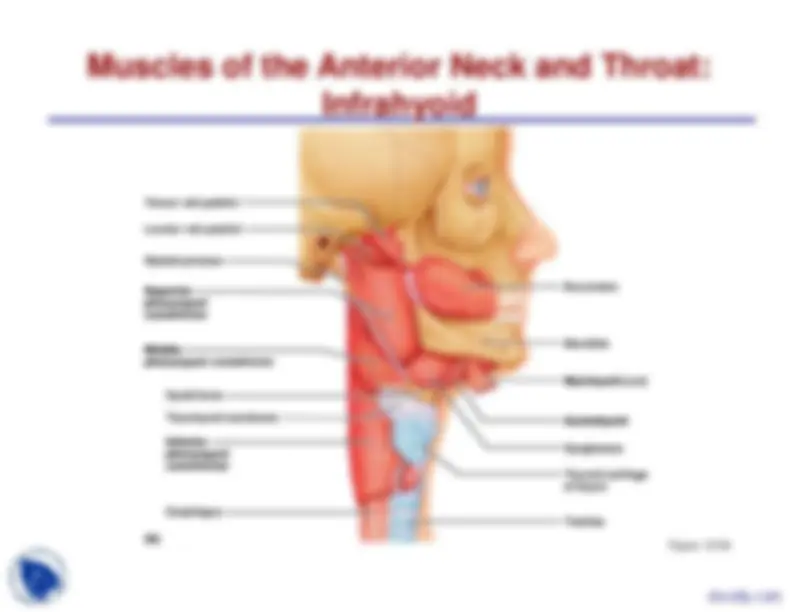
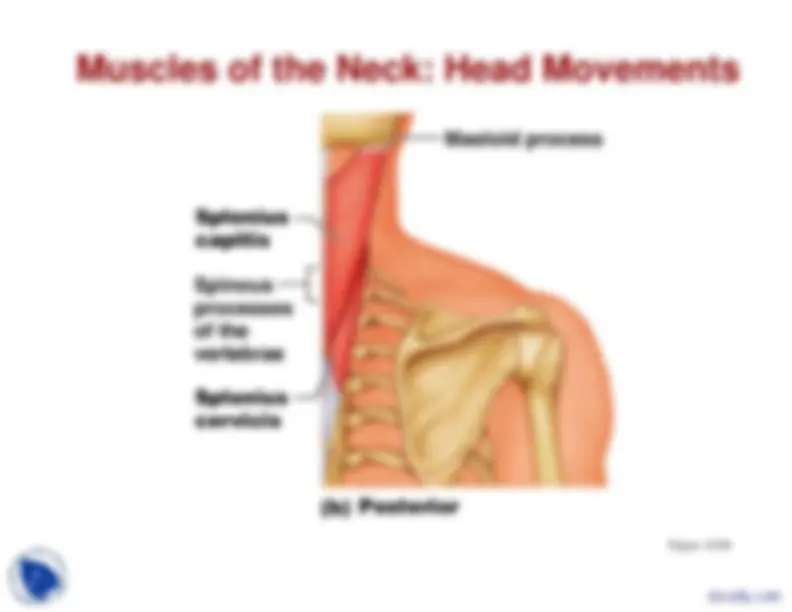
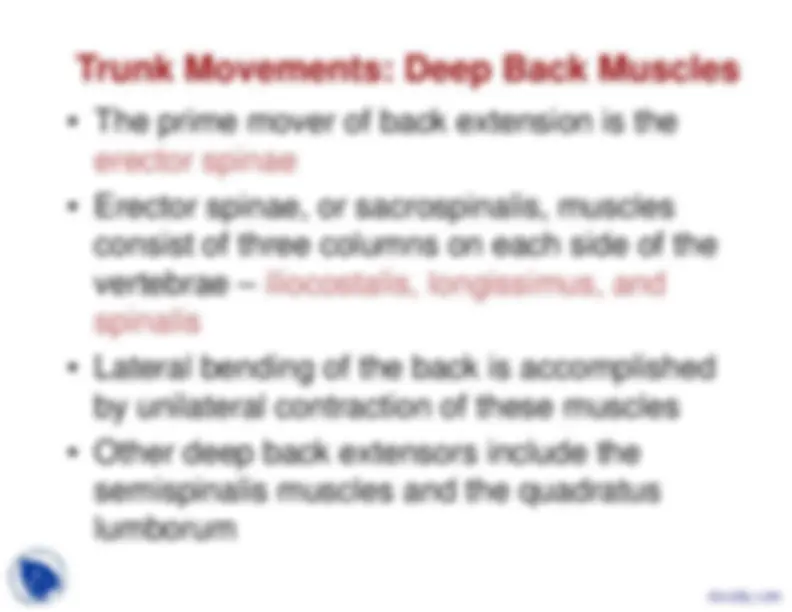
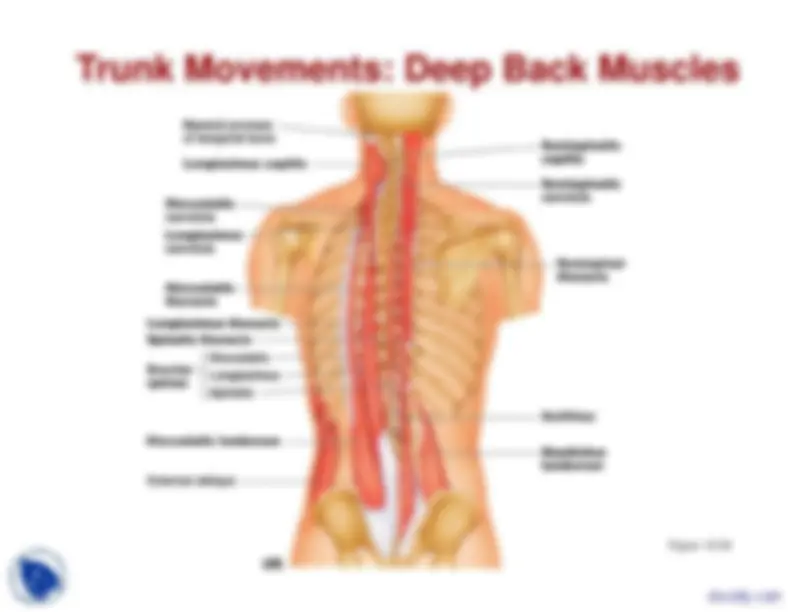
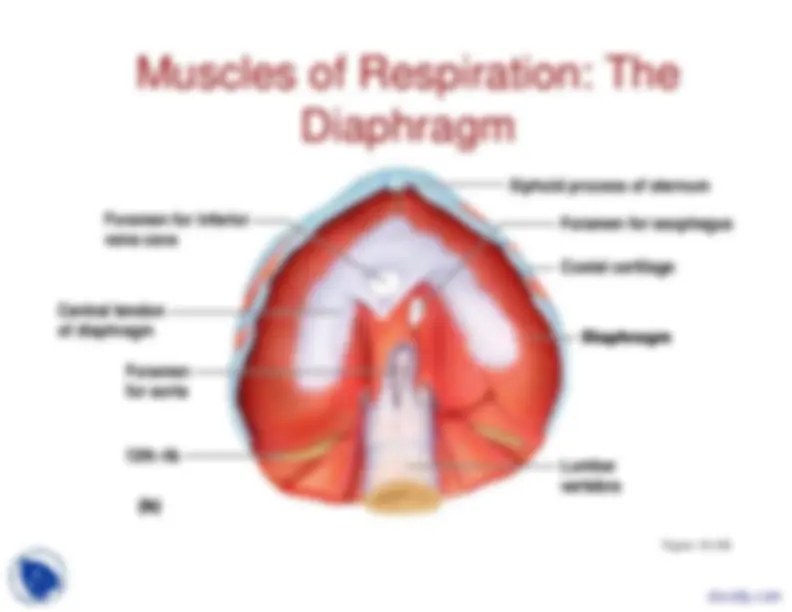
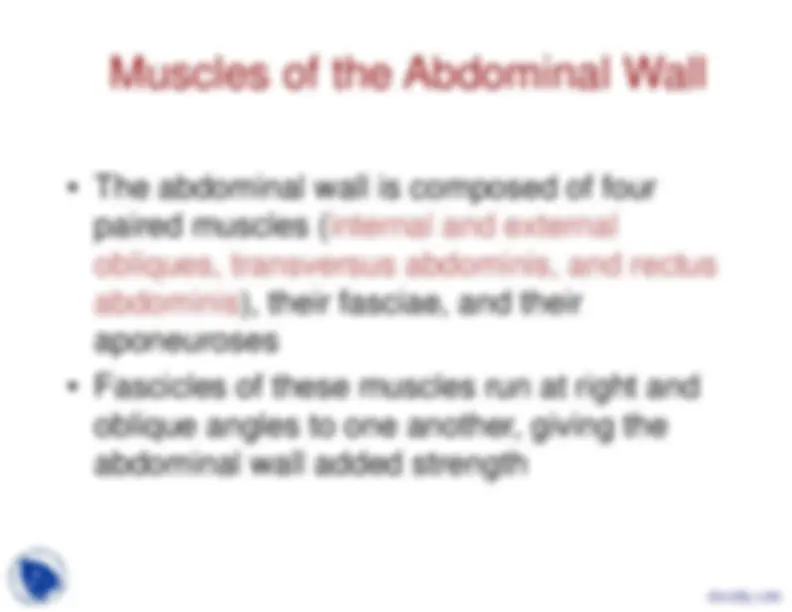
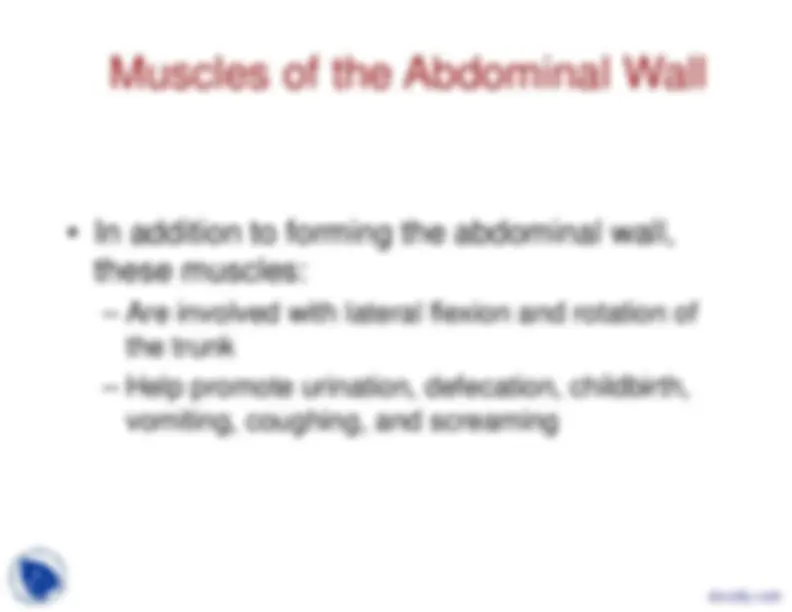
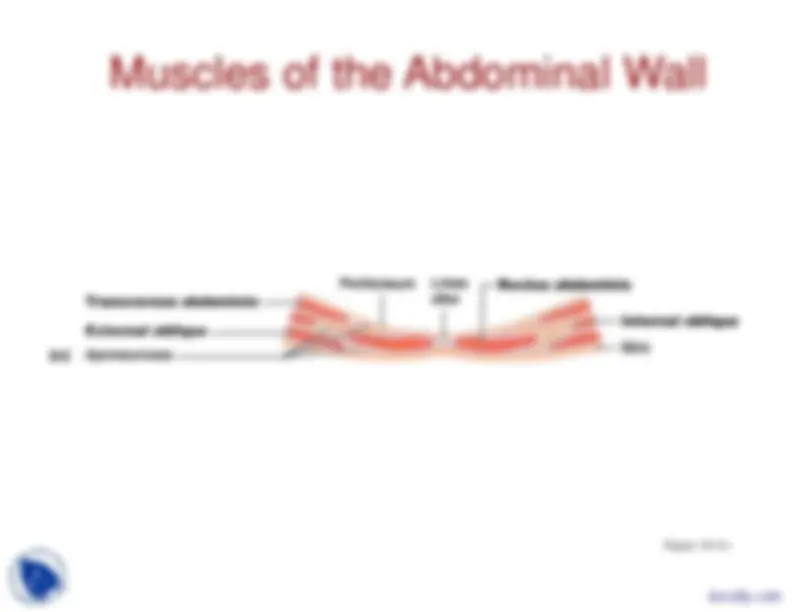
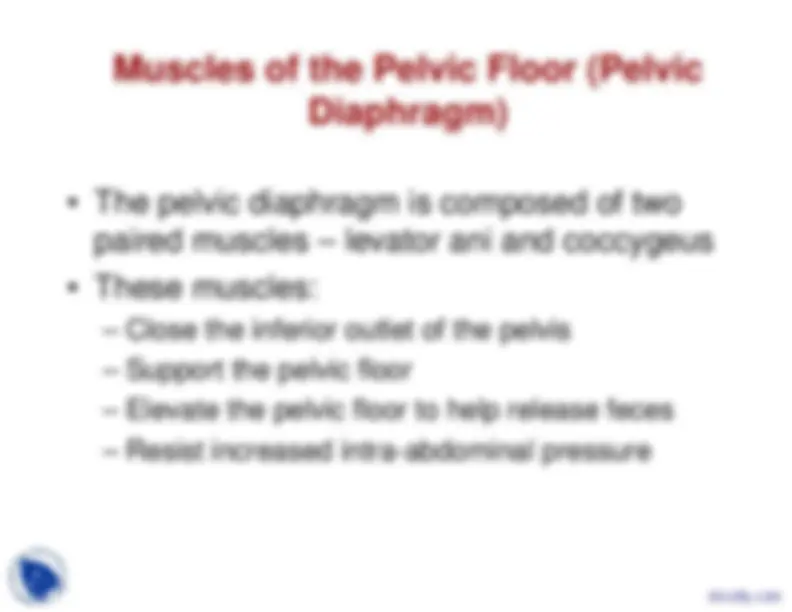
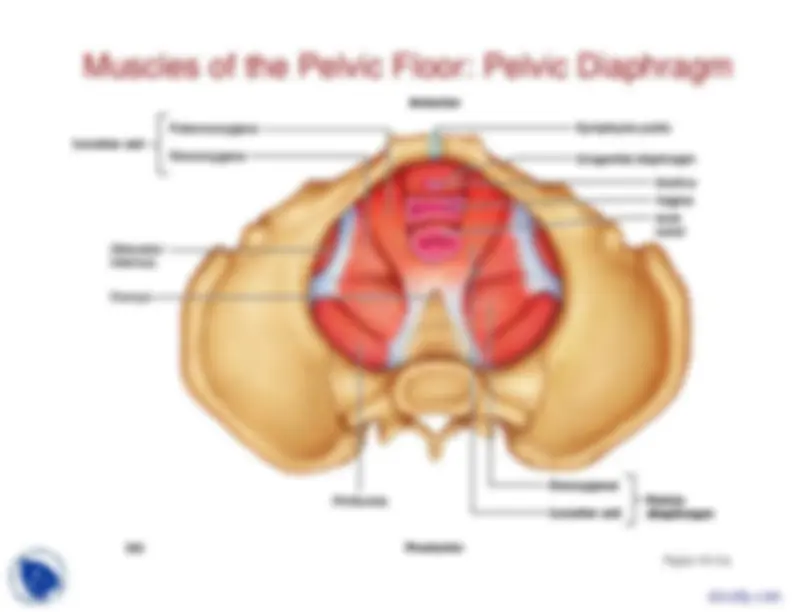
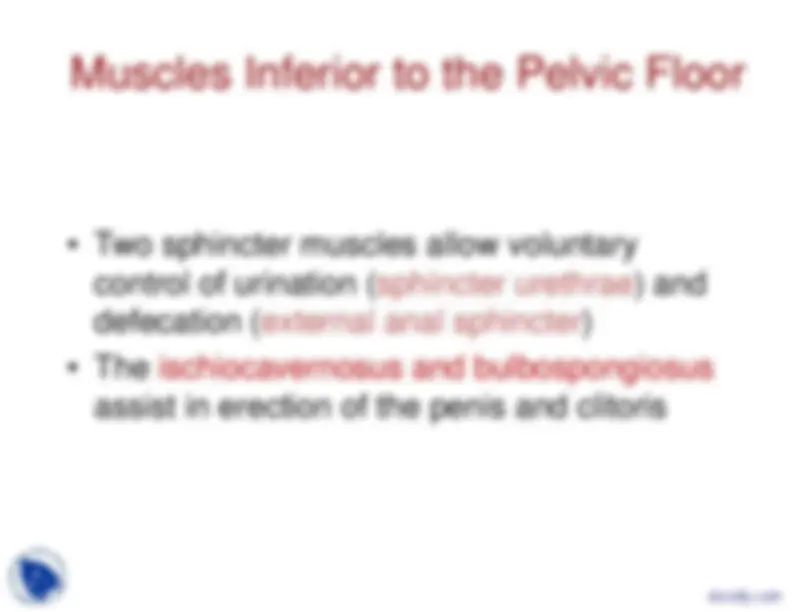
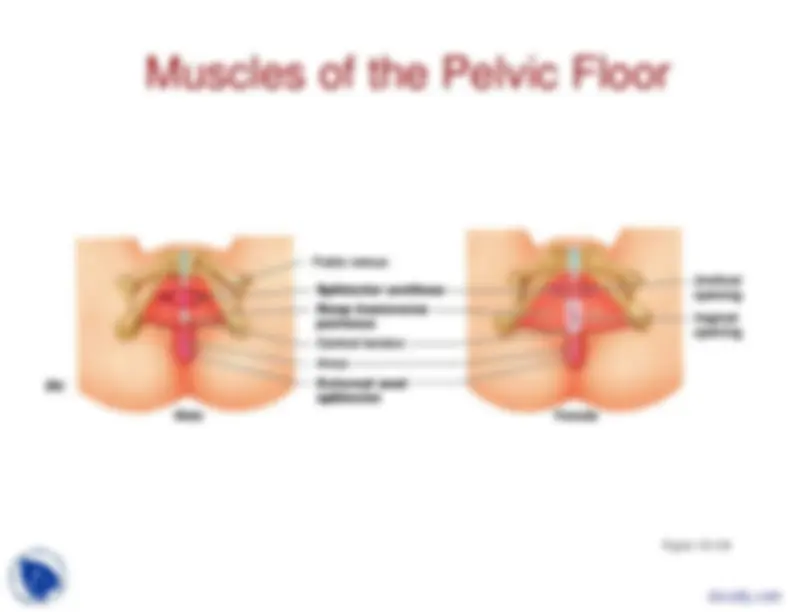
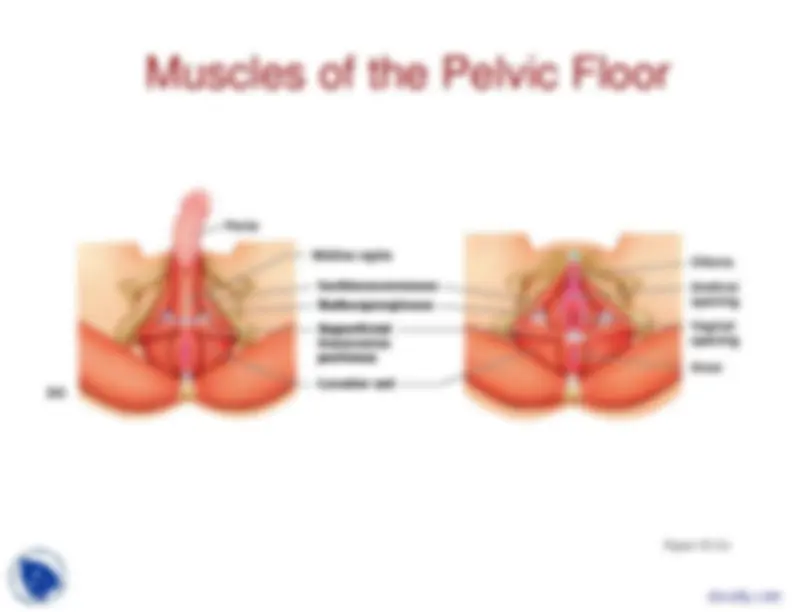
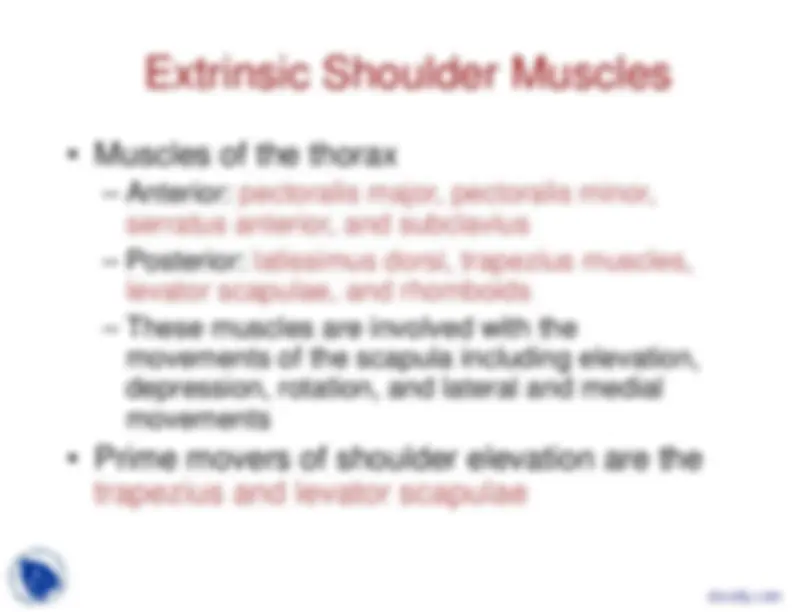
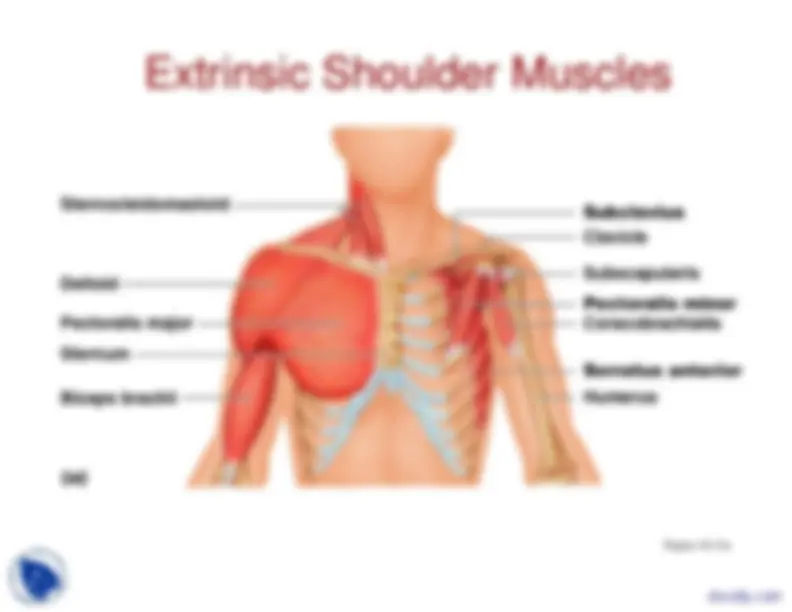
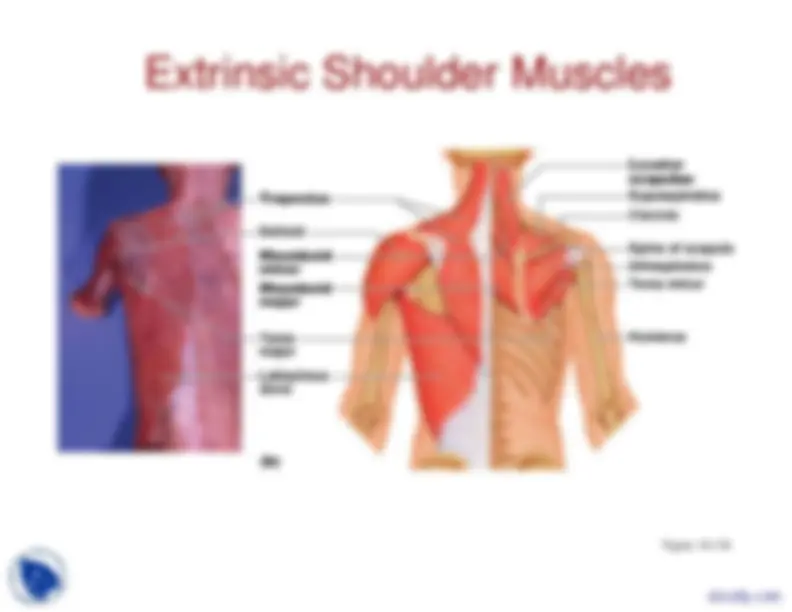
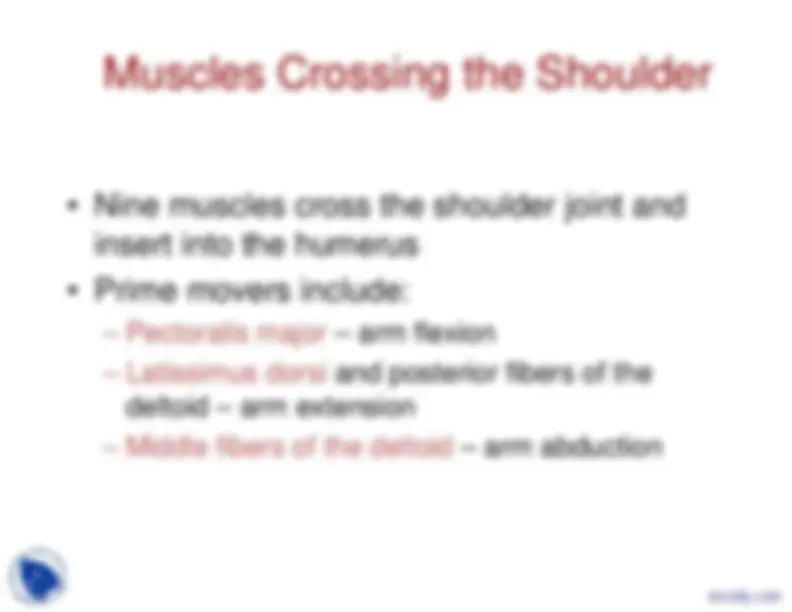
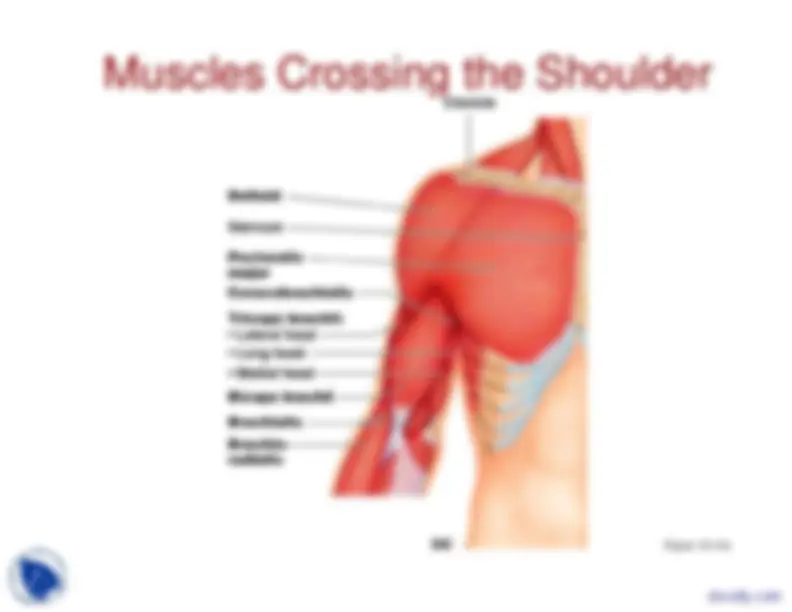
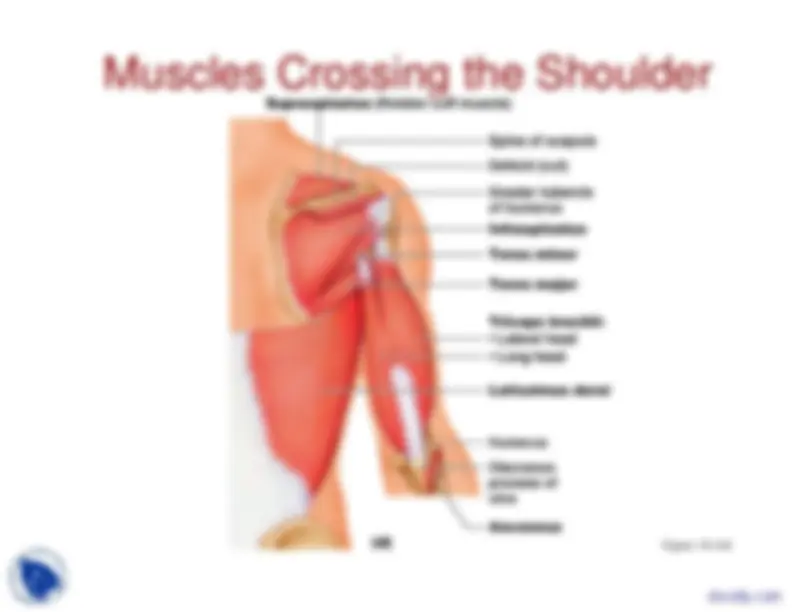

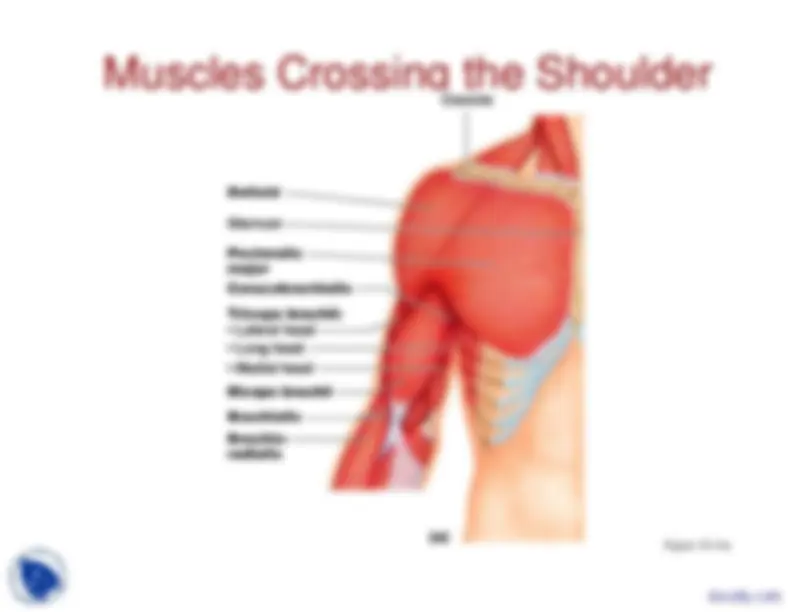
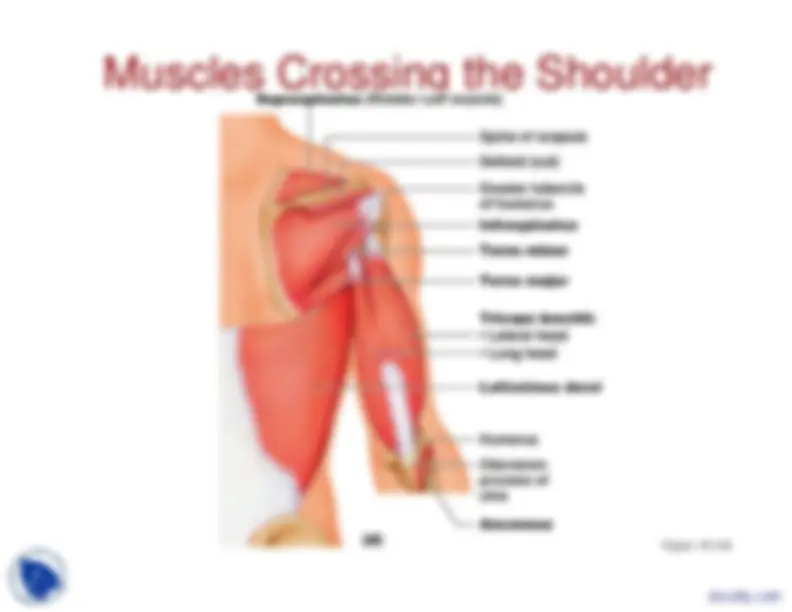
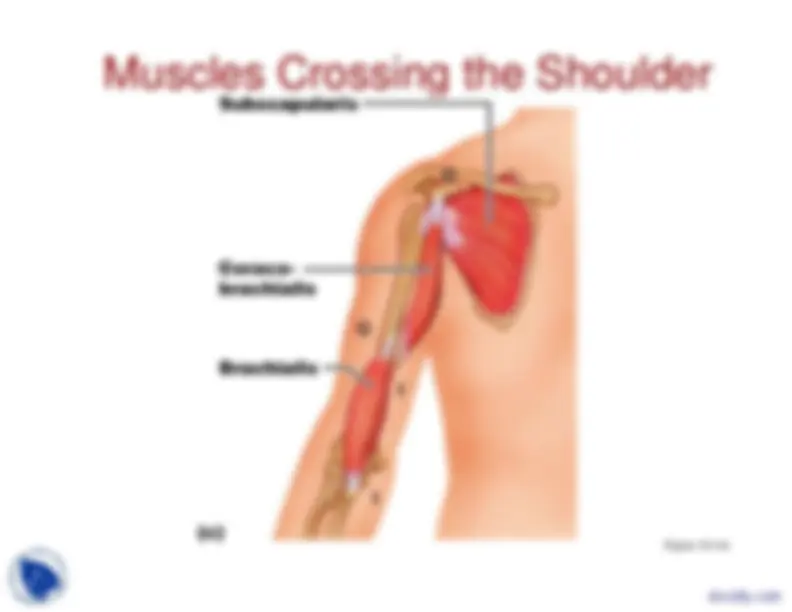
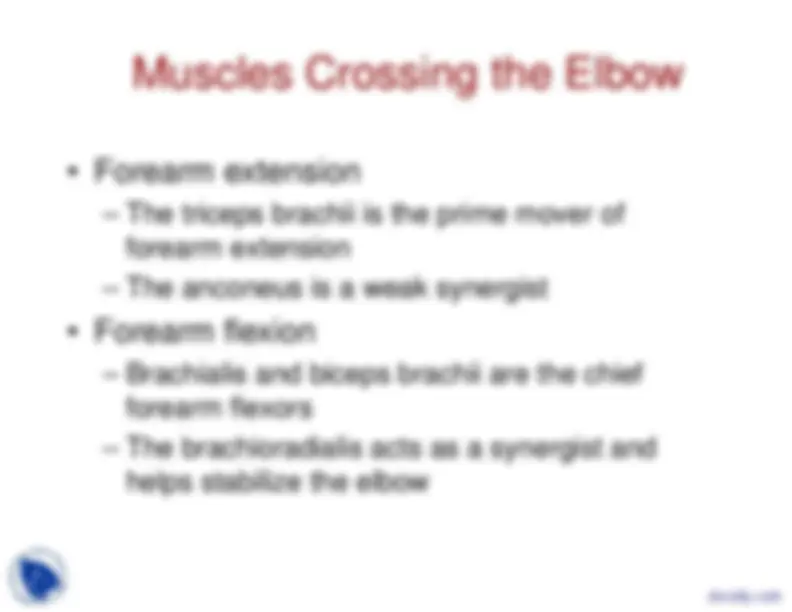
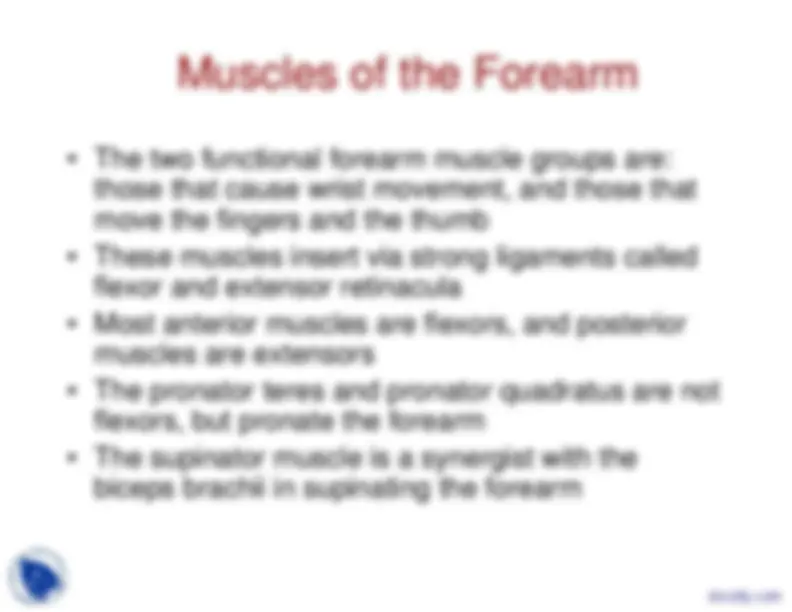
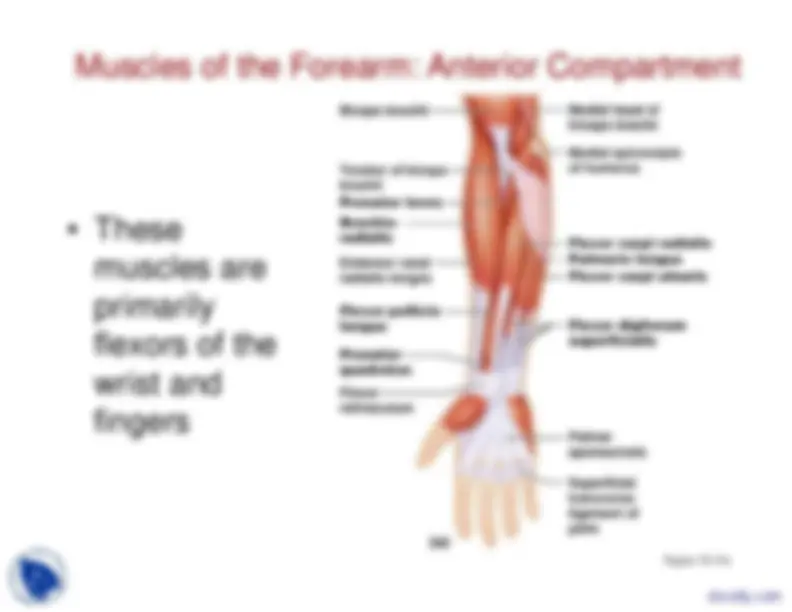
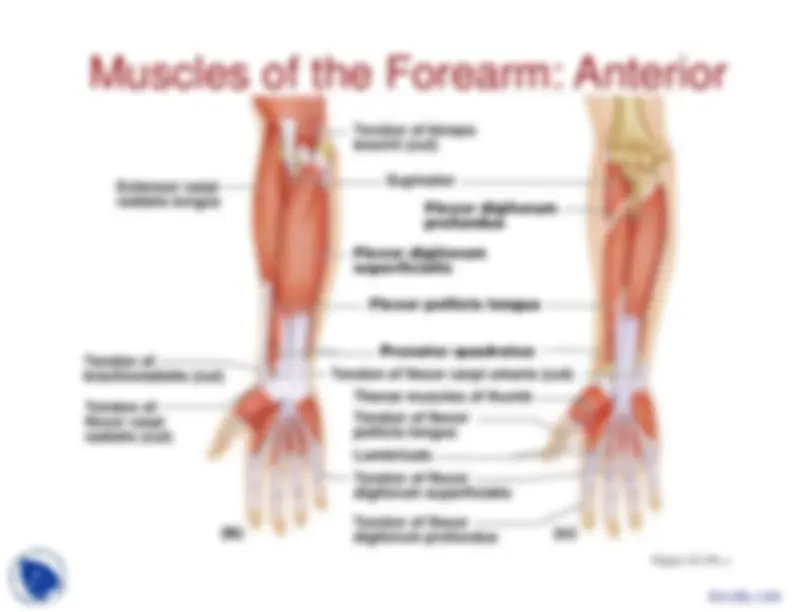
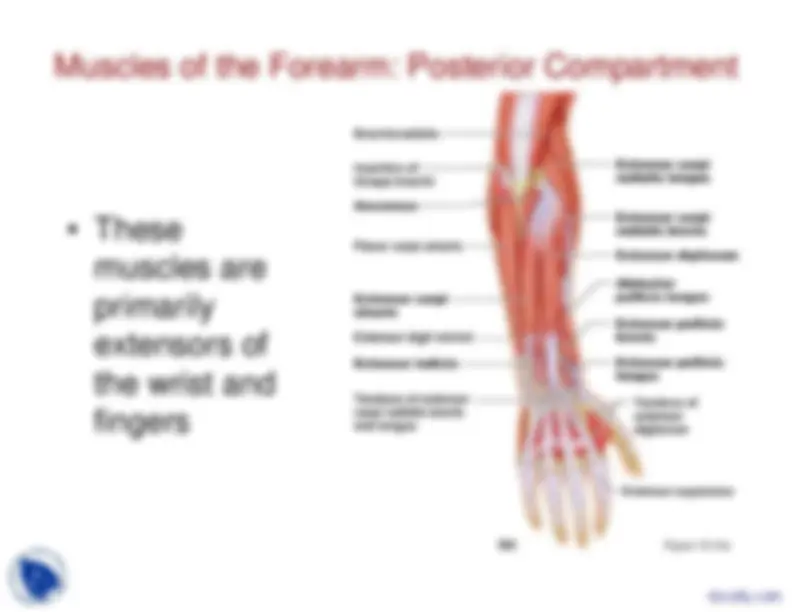
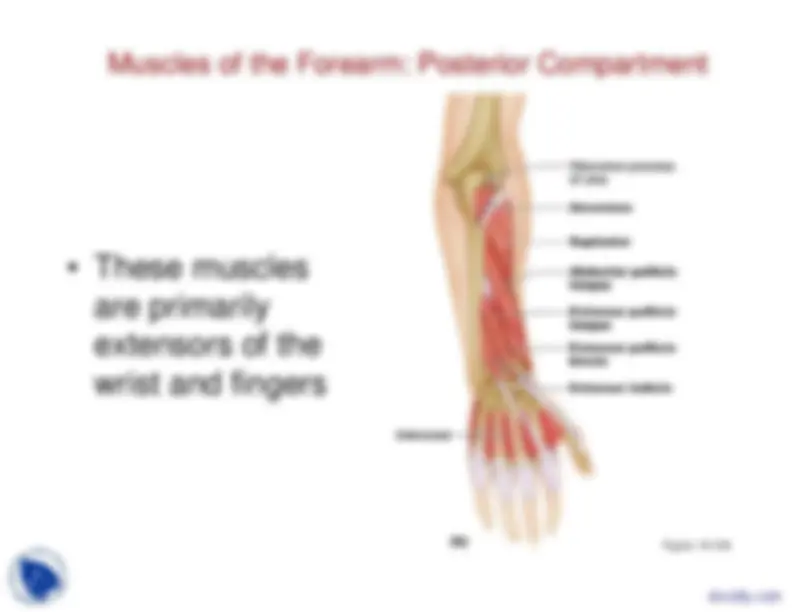
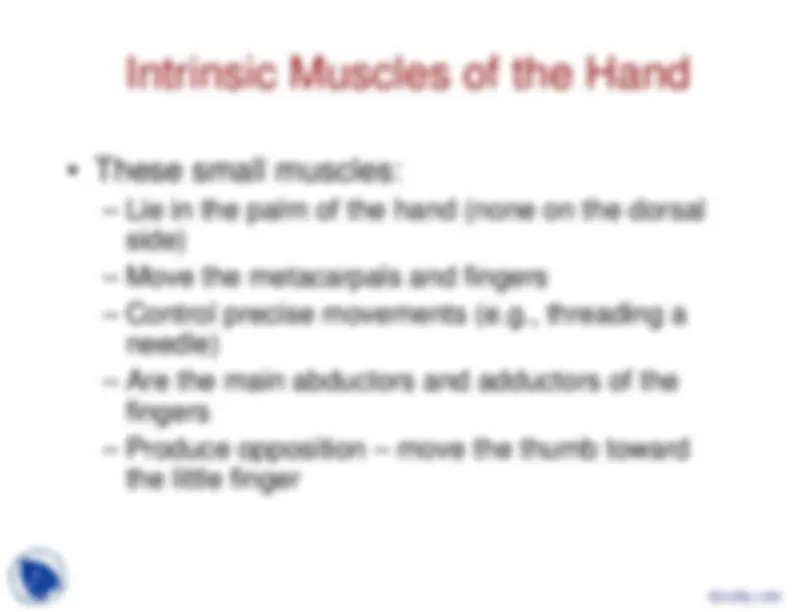
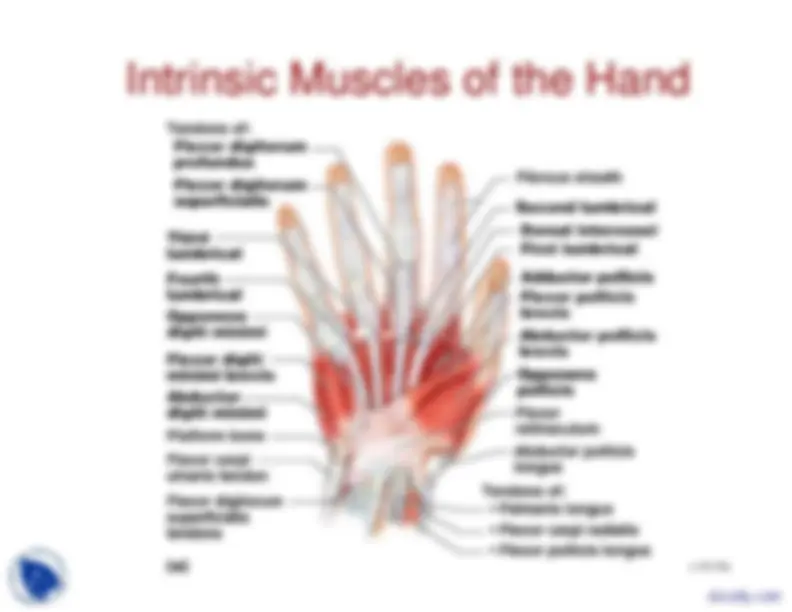
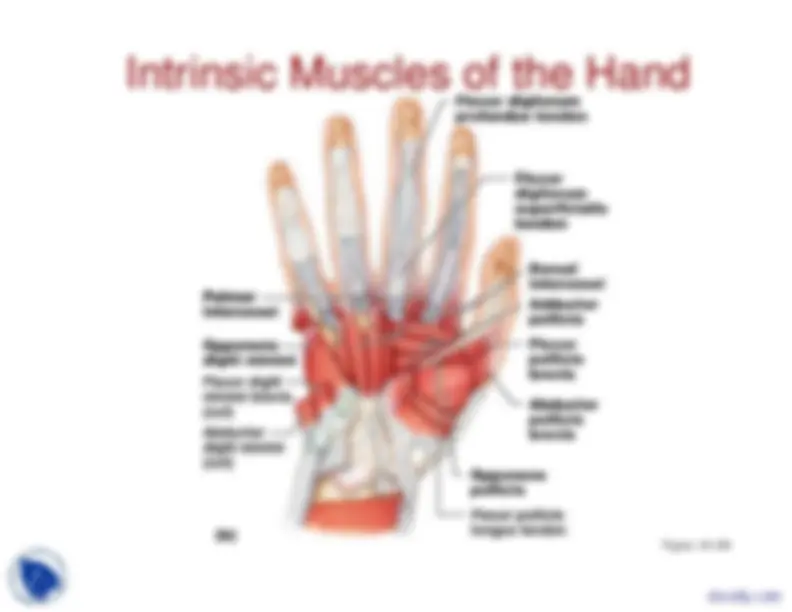
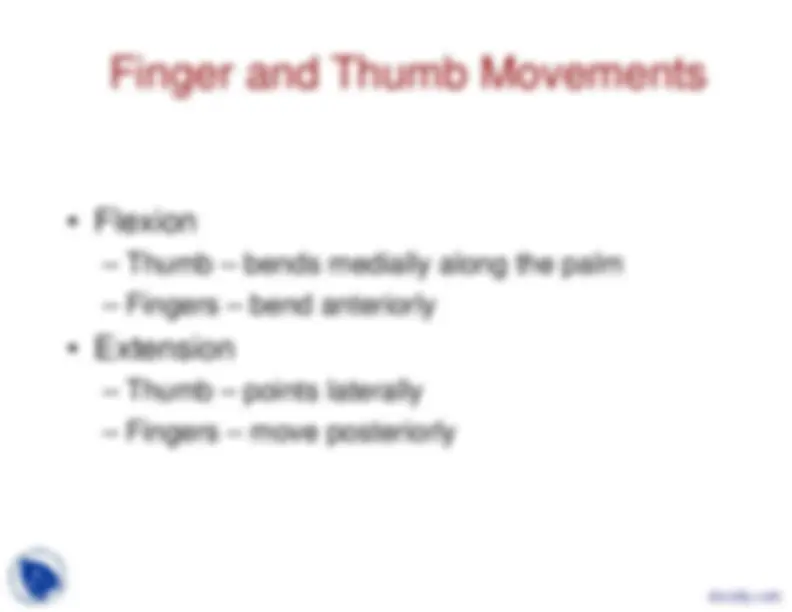

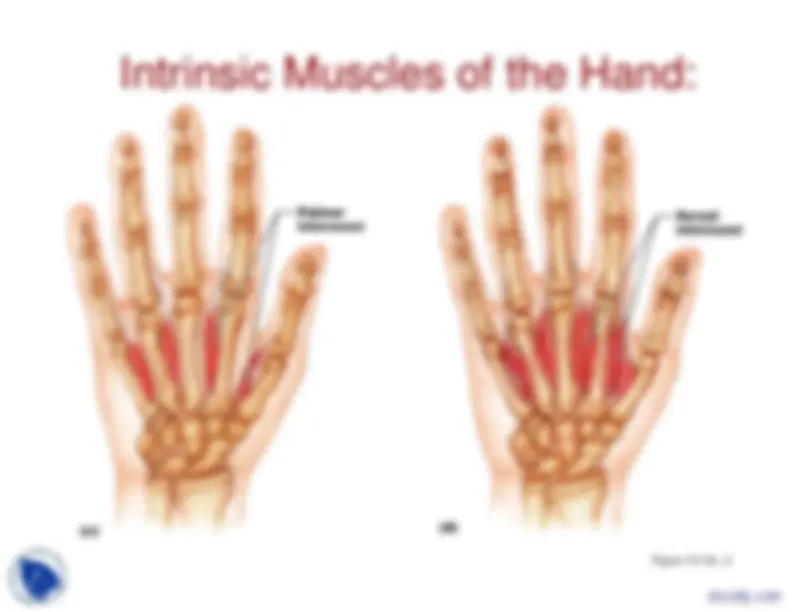


Study with the several resources on Docsity

Earn points by helping other students or get them with a premium plan


Prepare for your exams
Study with the several resources on Docsity

Earn points to download
Earn points by helping other students or get them with a premium plan
Community
Ask the community for help and clear up your study doubts
Discover the best universities in your country according to Docsity users
Free resources
Download our free guides on studying techniques, anxiety management strategies, and thesis advice from Docsity tutors
Labs on Autonomic Nervous System, Cardiovascular System, Digestive System, Endocrine System, Human Body, Integumentary System, Lower Limb, Lymphatic and Immunity Systems, Muscles and Muscle Tissue are part of this Anatomy and Physiology course. These lecture slides include: Muscles Head and Torso, Suprahyoid, Elevate the Hyoid, Anterior Neck and Throat, Infrahyoid, Head Movements, Muscles of the Neck, Deep Back Muscles, Muscles of Respiration, Muscles of the Abdominal Wall
Typology: Slides
1 / 45

This page cannot be seen from the preview
Don't miss anything!






































Muscles of the Anterior Neck and Throat:
Suprahyoid
Muscles of the Anterior Neck and Throat: and larynx during swallowing and speaking
Infrahyoid
Figure 10.8b
Muscles of the Anterior Neck and Throat:
Infrahyoid
Figure 10.9a
Figure 10.9b
Figure 10.9d
muscles extendfrom onevertebra toanother
are synergistsin extensionand rotation ofthe spine
Figure 10.9e
Figure 10.10b
paired muscles (internal and externalobliques, transversus abdominis, and rectusabdominis), their fasciae, and theiraponeuroses
oblique angles to one another, giving theabdominal wall added strength
Figure 10.11a
Figure 10.11b
paired muscles – levator ani and coccygeus
Muscles of the Pelvic Floor: Pelvic Diaphragm
Figure 10.12a